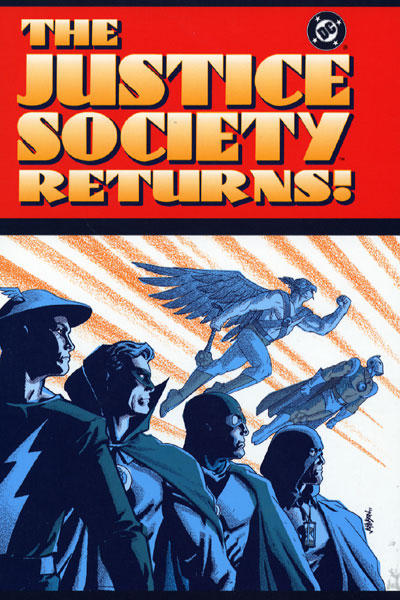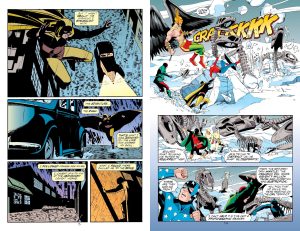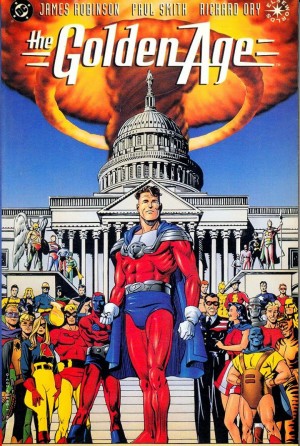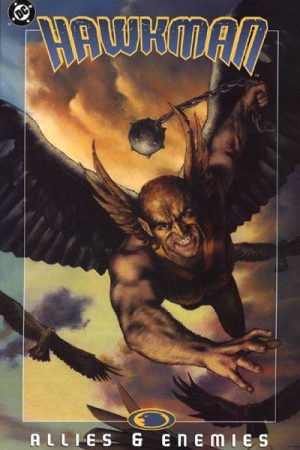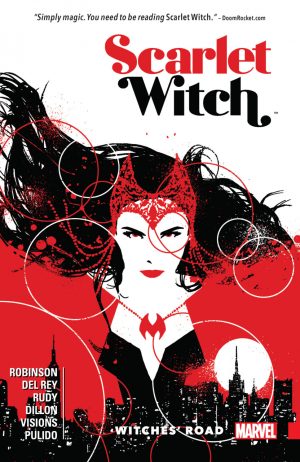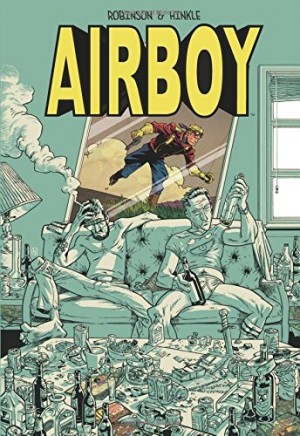Review by Ian Keogh
If the Justice Society of America isn’t the world’s first super team, it’s not far off, being introduced in 1940, although their first appearance was just sitting around a table together each relating a solo adventure. Since then the pattern has been a respectable run followed by obscurity for a while before returning once again. The Justice Society Returns is a 1999 revival well enough received at the time to lead into what became their most successful run.
The guiding lights are David Goyer and James Robinson who begin with Hourman investigating what he presumes to be a bunch of minor occultists in 1945, yet he underestimates them and they unleash a beast with a stolen soul. To those who remember, their identity is a clever incorporation of a minor DC fantasy character into a superhero’s world, but not knowing that makes no impact. He’s a major powerhouse, and once introduced there’s another nod to the past with the Justice Society’s members splitting into smaller teams to deal with aspects of the threat that’s been unleashed. Michael Lark draws this opening chapter, good with Hourman’s initial involvement (sample art left), but looking awkward with the bigger superhero battles.
Goyer and Robinson keep the teamings of Starman and the Atom (nicely drawn by Peter Snejbjerg) and Hawkgirl and Wonder Woman to themselves, but the remaining team-ups are supplied by different creators, some more successfully than others. The showdowns are largely set at events occurring in 1945 without the wider public’s knowledge at the time, such as the meeting of Churchill, Roosevelt and Stalin, the blanket bombing of Dresden, and the development of the atomic bomb, but they work as segments without being memorable. It’s the individual artists who stand out, with fine turns from Russ Heath, Aaron Lopresti, Stephen Sadowski and Chris Weston.
The finale is a suitably desperate battle against a foe who it seems can’t be beaten, but actually can if the means is contrived. Goyer and Robinson are better with a sentimental epilogue wrapping up Hourman’s career, but William Rosado’s art lacks imagination and backgrounds meaning the finale disappoints overall.
Ambitiously conceived, The Justice Society Returns has the ideas, but never sparks into life. Thankfully, though, it generated the far more satisfying JSA series. It’s collected in that series’ first Omnibus.
